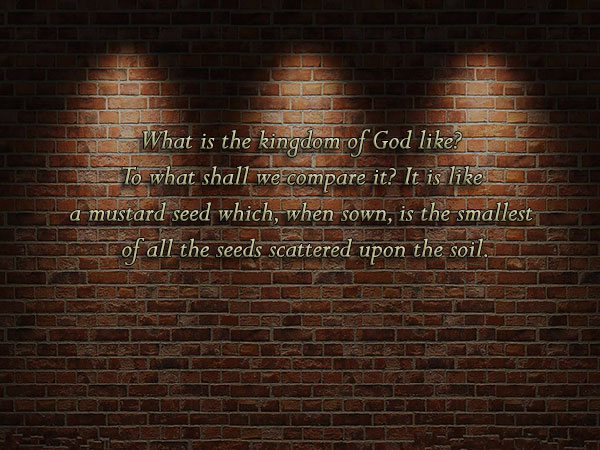
It’s fair to say the gospel writers, like all ancient historians, ‘played’ with history
By Joel Schorn
People today tend to think that history is pretty much about facts. Though history is always interpreted, the aim of history is to uncover facts to paint a picture of the past as it more or less happened. So to ask if the gospels are historical is the same as asking, “Did things really happen that way?”
In the ancient Near Eastern world, however, people who were interested in relating the life of an important person concerned themselves with more than facts. They didn’t act like historians today, doing research and arriving at the best conclusions possible. They wanted to tell a story: a flow of events they arranged to make a point.
Certainly the gospels at their core are historical in that Jesus and the first disciples really lived and walked the earth. Jesus “really happened.” But they also stand at the end of a complicated transmission of oral and written stories going back to the words and deeds of Jesus and the preaching of the apostles. For the writers of the gospels, the important thing was to gather the memories of Christ from the point of view of his resurrection and living presence.
So it’s fair to say the gospel writers, like all ancient historians, “played” with history, choosing some facts and omitting others, shaping them in order to tell a story that called forth faith in Jesus as the Son of God and risen Lord.
We can also connect the gospels with history in the sense that we need history to better understand them. As the Second Vatican Council’s Constitution on Divine Revelation, Dei Verbum, points out, because God speaks in scripture through human beings, “the interpreter of sacred scripture . . . should carefully investigate what meaning the sacred writers really intended.” That is, because the gospels had human (though nonetheless inspired) authors, we need the tools of human investigation—historical, literary, theological, sociological, and others—to get at the intentions of the authors. Reading scripture literally and only at face value frequently leads to misinterpretation.
In telling the “facts” of Christ’s life, death, and resurrection, the gospels are not history textbooks but stories of faith; they are history, but a different kind of history. They are also true in the deepest sense of the word, and we can trust them. As Dei Verbum puts it, “We must acknowledge that the books of scripture, firmly, faithfully, and without error, teach the truth which God, for the sake of our salvation, wished to see confided in the sacred scriptures.”
And that’s a fact.
This article appeared in the January 2009 issue of U.S. Catholic (Vol. 74, No. 1, page 41).
Joel Schorn is an editor and writer in Chicago. His most recent book, on saints, is Holy Simplicity: The Little Way of Mother Teresa, Dorothy Day, and Thérèse of Lisieux (Servant Books).









